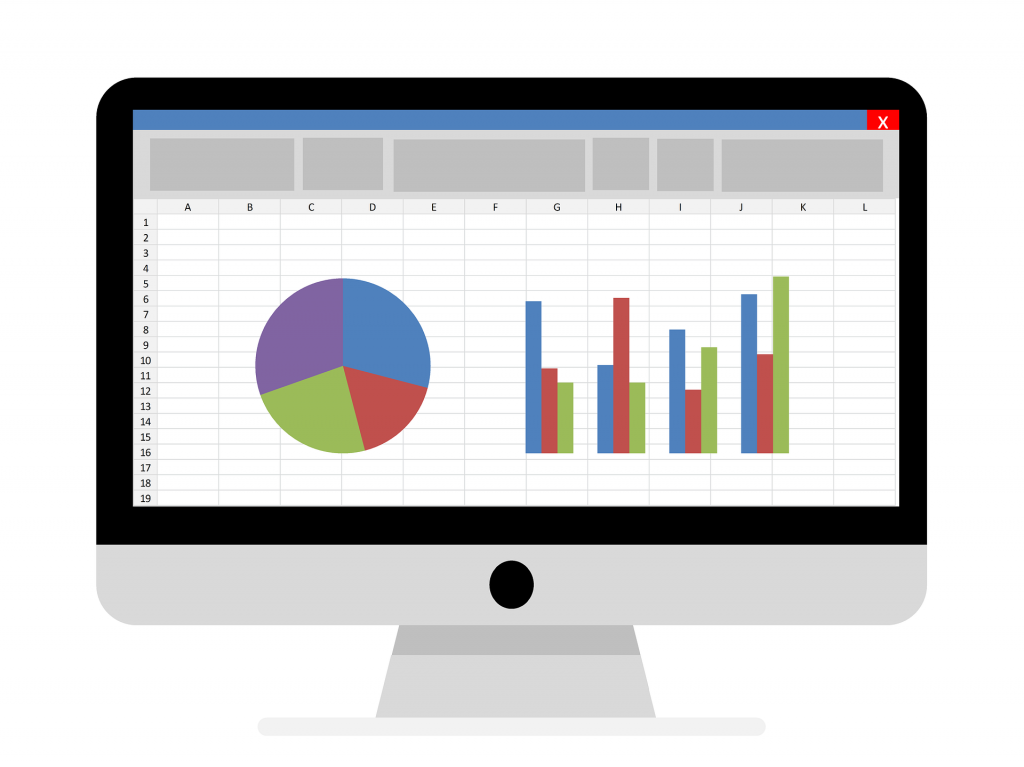
Whatever ecommerce platform or reporting tools you use, you’ll have absolutely no problem measuring the holy trinity of core ecommerce metrics:
- Traffic
- Conversion Rate
- Average Order Value
And naturally to derive these figures, you’ll also be able to easily see (from pretty much any ecommerce reporting system) the number of orders being placed, sources and cost of traffic, and of course overall revenue too.
These metrics are the absolute cornerstone of monitoring ecommerce performance and naturally whatever size of ecommerce business you work with, you’ll be monitoring these figures constantly.
But what about the other things you’re always being told to measure?
So if you work in ecommerce (like my good self), you’ll constantly read and hear ecommerce experts banging on about the importance of measuring things like:
- Customer Lifetime Revenue/Value (overall and based on first order month)
- New vs Returning Customer Revenue (not just visits, revenue)
- The Average Time Between Orders Placed
- RFM (Recency, Frequency, Monetary) Segmentation
and other similar metrics.
I’ll often read things little titbits like:
“One of my favourite metrics to look at is the average time between a customer’s 2nd and 3rd order”
and indeed, I’m fully guilty of stressing the importance of these metrics too.
The problem is this…. very few people actually talk about how you can report on these more advanced metrics. I mean how the hell do you actually work out the average time between customers placing their 2nd and 3rd order?
None of the most popular ecommerce platforms or reporting tools will provide all of this information out of the box, be it:
- Magento 2 (even the paid Commerce version)
- WooCommerce
- Shopify
- Google Analytics
Sure, Magento 2 Commerce comes with a “free” subscription to Magento BI Essentials which will show you some of the above, and some Shopify paid plans will show some bits too (new vs returning customers basically), but in terms of covering everything on that advanced metrics list with any of the world’s most popular ecommerce platforms, you’ve got no chance!
Why are these more advanced ecommerce metrics important?
Data is really the key to growing any ecommerce business. For example, if you understand fully your customer lifetime value, you can more easily justify spending more to acquire a customer initially rather than basing that advertising spend only on the value of their first order.
Likewise, knowing the average time between orders can be incredibly powerful; in ecommerce there’s always a temptation to start bludgeoning your customers with remarketing from the day they buy until the day they die, but depending on the product you’re selling and the sector you’re in, your customers may take many months on average to come back for a second purchase. By getting absolute clarity on this data and seeing it in black and white, you can target repeat purchasers at exactly the right time, and also work towards getting those customers to purchase a little bit sooner.
RFM segmentation (Recency, Frequency, Monetary) is an established marketing segmentation technique that allows you to segment your customers based on their purchasing behaviour. You can then look to approach these customers with highly targeted campaigns, be it through custom audiences on paid advertising, email lists, direct mail etc.
Sounds great Jon…. but you’ve still not told me how I can see these metrics?
Basically your options are:
- Install platform specific modules/extensions to report on these metrics (you’ll likely need several and if you’re working with multiple platforms, obviously the cost increases rapidly).
- Pay hundreds (if not thousands) of dollars a month for some wonderful advanced reporting system.
- Export your order data to excel and spend hours churning through the data and mashing out formulas (or pay someone else to spend hours churning through the data).
If you’re a small to medium sized business, or you’re an agency working with multiple businesses of that ilk, I’m guessing none of those options sound very appealing.
And I get it completely, I’ve been in the same boat many times with rapidly growing ecom businesses. Who wants to spend hundreds/thousands of dollars monthly on reporting when that money could be put more directly into growing the business?
But fortunately (see, I always bring good news) there is now a brand new solution to this problem I’m delighted to be able to share…
Introducing RFM Calc
RFM Calc is a brand new service which solves this exact reporting issue, allowing you to report on:
and much more, for literally any ecommerce platform. All you need is the ability to export orders as a CSV file – all ecommerce platforms either have this ability built in or it can be easily added via a free extension or module.
Once you’ve got your order CSV file exported, simply upload it to RFM Calc (it’s really easy), sit back and the site will quietly produce you a lovely multi page report with all of those advanced metrics included.
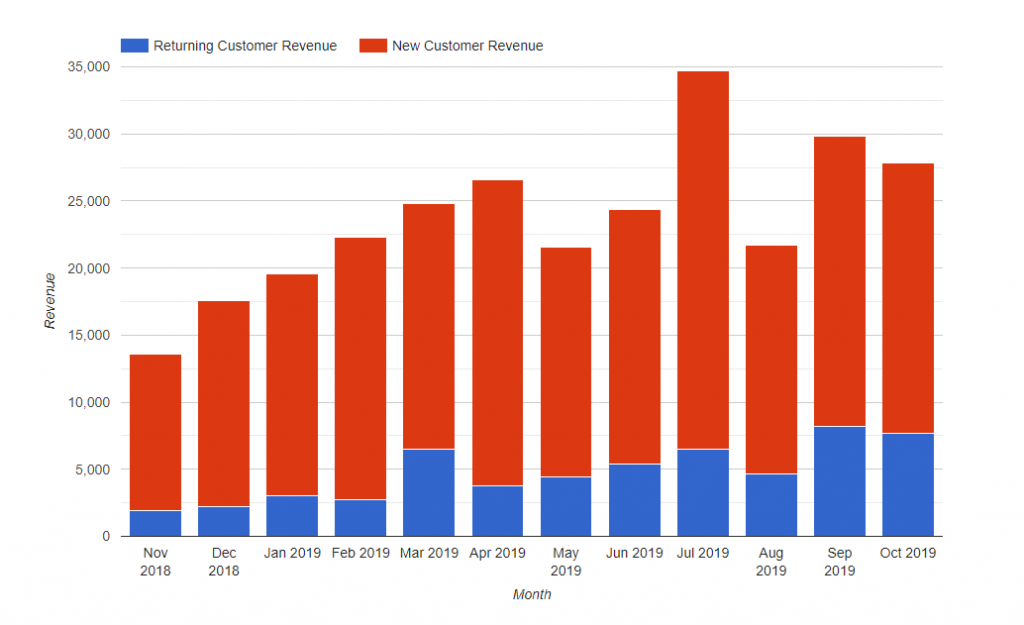
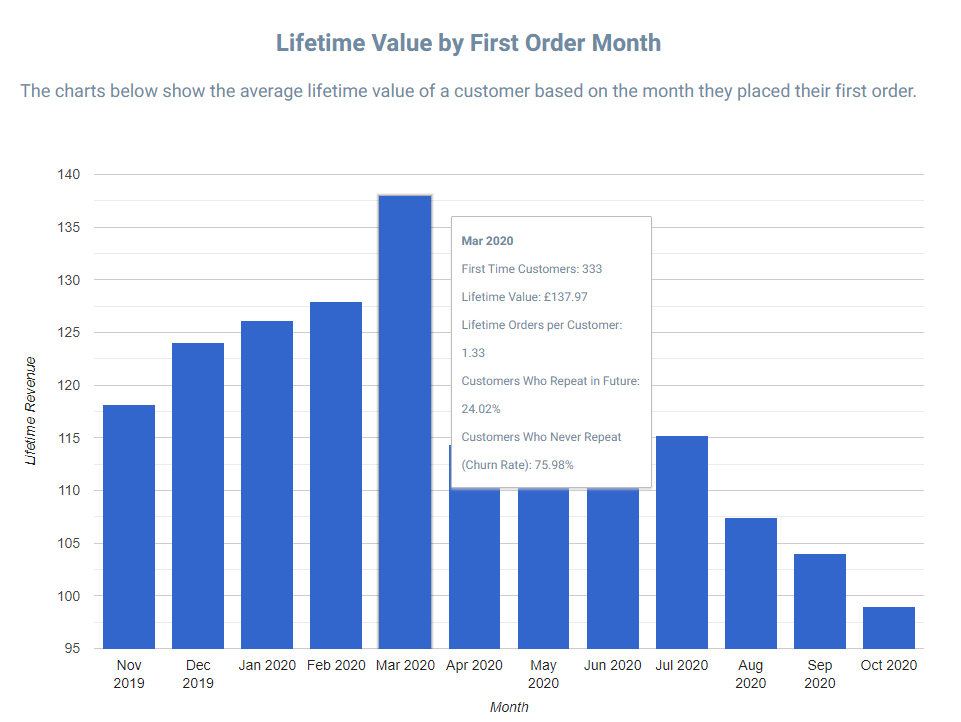
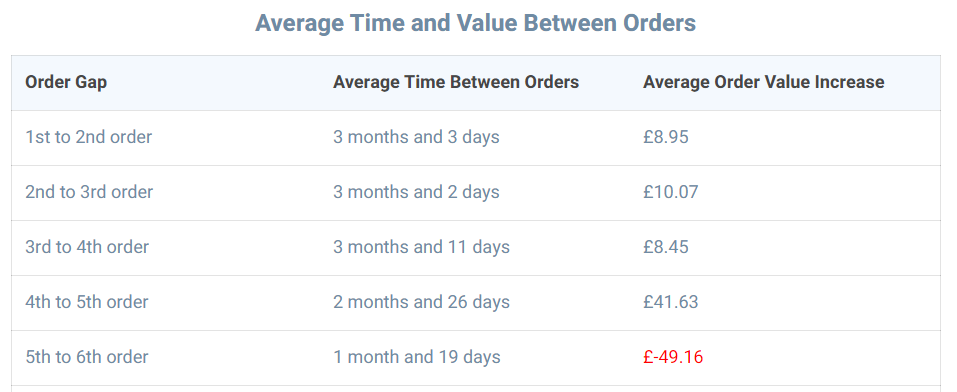
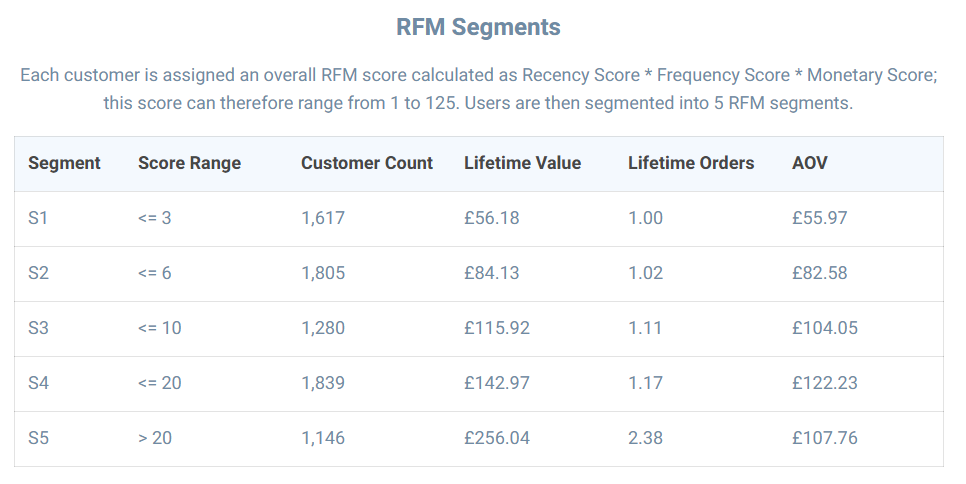
It’ll even produce a full CSV customer file, listing every customer with their total spend, number of orders, RFM segments, last order date, predicted next order date and so on, allowing you to easily create customer segments you can then use as custom audiences for your online advertising, or for targeted email lists.
You can add multiple projects per account to manage different ecommerce platforms and the paid plans support multiple users per account too; you can find out more via their extensive FAQ’s page here.
You might think a service like this would fall into the “hundreds of dollars per month” category, but no, there’s a completely free plan, and paid plans start at just £9 per month.
To give it a try today (no credit card required) just click here to sign up
Little disclaimer: All links to RFM Calc that I’ve posted are affiliate links (it’s free to sign up for their affiliate programme too btw), I was also involved in the set up of the service. But honestly, it’s a really, really useful (and cheap) service so give it a try if you’ve not already 🙂
0 Comments